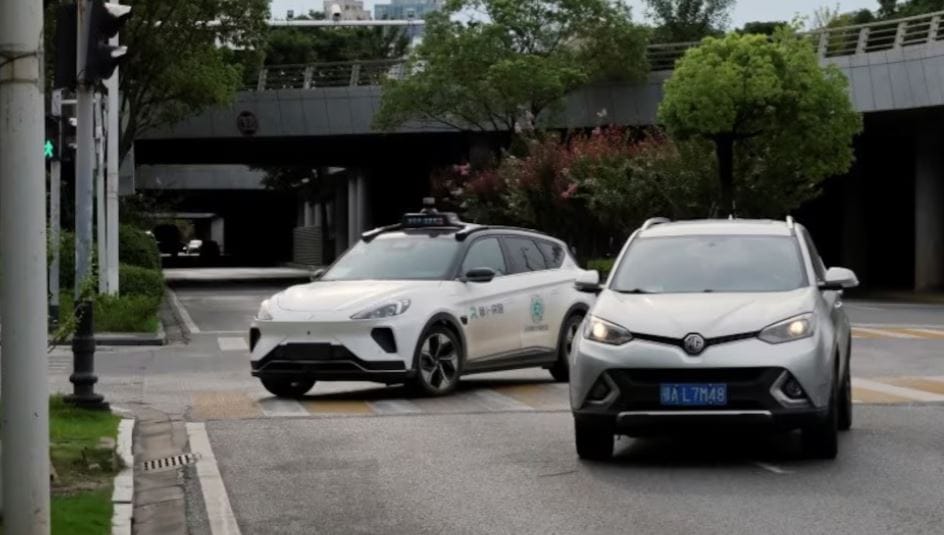Robotaxis Accelerate in China, Sparking Driver Concerns and Economic Disruption
The rapid proliferation of robotaxis in China, while heralded as a technological marvel, has ignited apprehension among the nation’s vast ride-hailing driver community. As companies like Baidu’s Apollo Go deploy thousands of autonomous vehicles across major cities, concerns about job displacement and economic upheaval are growing.
Technological Advancement vs. Livelihoods
China’s aggressive push for autonomous vehicle testing and deployment has positioned it as a global leader in the field. However, the accelerated pace of development has left many drivers feeling vulnerable and uncertain about their future livelihoods. The rise of robotaxis poses a significant challenge to the 7 million registered ride-hailing drivers in China, who rely on this burgeoning industry for their income.
Government Support and Economic Goals
While safety concerns persist, the Chinese government’s proactive approach to approving robotaxi trials reflects its commitment to fostering technological innovation and achieving its ambitious economic goals. The deployment of robotaxis is seen as a means to enhance transportation efficiency and boost economic growth in the long run. However, the potential displacement of millions of drivers raises concerns about the immediate social and economic repercussions.
A Global Race for Autonomous Dominance
The robotaxi race is not confined to China. Companies like Waymo and Cruise are also making significant strides in the United States, albeit at a more cautious pace due to regulatory scrutiny. The contrasting approaches between China and the U.S. highlight the varying priorities and strategies in the global race for autonomous vehicle dominance.
Balancing Progress and Social Impact
The emergence of robotaxis presents a complex dilemma for policymakers and society. While the technology promises increased efficiency and convenience, it also threatens to disrupt traditional employment models and exacerbate existing economic disparities. Striking a balance between technological progress and mitigating the adverse social impact on workers remains a critical challenge.
Key Takeaways:
| Key Learning Points | Description |
|---|---|
| Technological Disruption | The rapid advancement of autonomous vehicles threatens to displace millions of ride-hailing drivers in China. |
| Economic Implications | The widespread adoption of robotaxis could have significant economic consequences, particularly for those employed in the transportation sector. |
| Government’s Role | The Chinese government plays a crucial role in promoting autonomous vehicle development while balancing economic growth with social welfare. |
| Global Competition | The race for autonomous vehicle dominance is intensifying, with both China and the United States vying for leadership in the field. |
| Balancing Progress and Social Impact | Addressing the potential displacement of workers and mitigating the social impact of technological change are critical challenges. |
Summary: The rapid expansion of robotaxis in China has ignited a debate about the future of ride-hailing drivers and the potential economic disruption caused by automation. While the technology promises efficiency and innovation, it also raises concerns about job displacement and social inequality. The government’s role in balancing technological progress with social welfare will be crucial in navigating this complex landscape.

Roshan Kumar Sahoo is a multifaceted journalist with expertise in entertainment-related news, sports , tech, and international relations. His ability to navigate these diverse fields allows him to provide readers with a rich blend of content, from the latest entertainment buzz to cutting-edge sports technology and insightful analysis of global affairs. Roshan’s writing is characterized by its depth, accuracy, and engaging style, making him a trusted voice across multiple domains.



